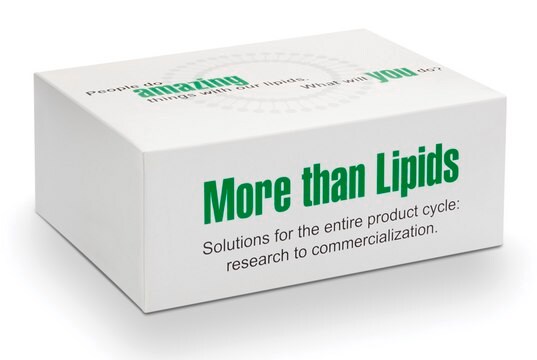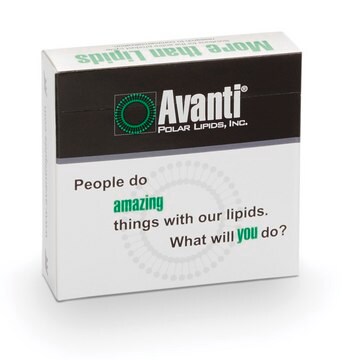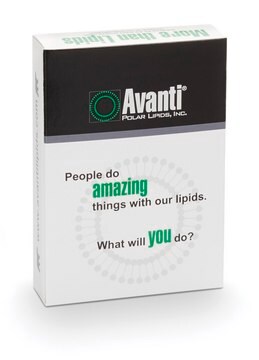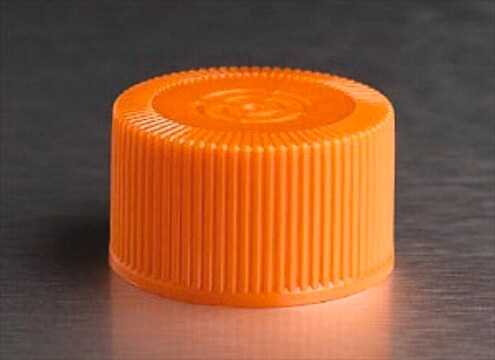LM1104
Avanti
17:0-14:1 PE
Avanti Research™ - A Croda Brand
Synonym(s):
1-heptadecanoyl-2-(9Z-tetradecenoyl)-sn-glycero-3-phosphoethanolamine
About This Item
Recommended Products
form
methanol solution
packaging
pkg of 1 × 1 mL (LM1104-1EA)
manufacturer/tradename
Avanti Research™ - A Croda Brand
concentration
~10 μg/mL (Refer to C of A for lot specific concentration.)
application(s)
lipidomics
metabolomics
shipped in
dry ice
storage temp.
−20°C
SMILES string
[H][C@@](COP([O-])(OCC[NH3+])=O)(OC(CCCCCCC/C=C\CCCC)=O)COC(CCCCCCCCCCCCCCCC)=O
InChI key
QWRIURIVRIHUFS-PEDHGXIFSA-N
General description
Application
- for lipid quantification using liquid chromatography-mass spectrometry (LC-MS)
- for the detection of lipids by tandem mass spectrometry (MS/MS) (related to lipidome analyses)
- in lipid extraction using MTBE protocol
Biochem/physiol Actions
Packaging
Legal Information
also commonly purchased with this product
Signal Word
Danger
Hazard Statements
Precautionary Statements
Hazard Classifications
Acute Tox. 3 Dermal - Acute Tox. 3 Inhalation - Acute Tox. 3 Oral - Flam. Liq. 2 - STOT SE 1
Target Organs
Eyes
Storage Class Code
3 - Flammable liquids
WGK
WGK 2
Flash Point(F)
49.5 °F - closed cup
Flash Point(C)
9.7 °C - closed cup
Choose from one of the most recent versions:
Certificates of Analysis (COA)
It looks like we've run into a problem, but you can still download Certificates of Analysis from our Documents section.
If you need assistance, please contact Customer Support.
Already Own This Product?
Find documentation for the products that you have recently purchased in the Document Library.
Our team of scientists has experience in all areas of research including Life Science, Material Science, Chemical Synthesis, Chromatography, Analytical and many others.
Contact Technical Service











